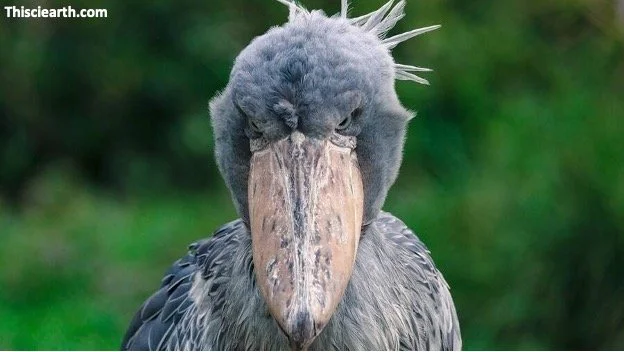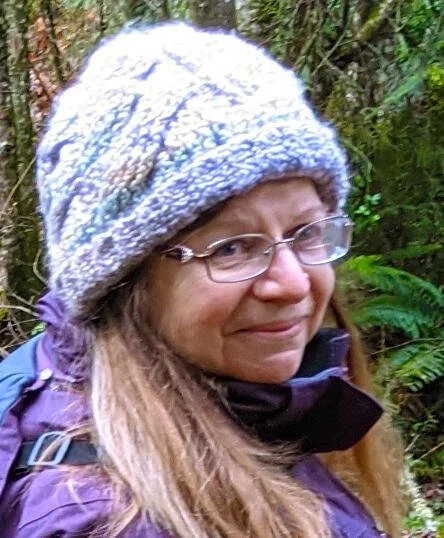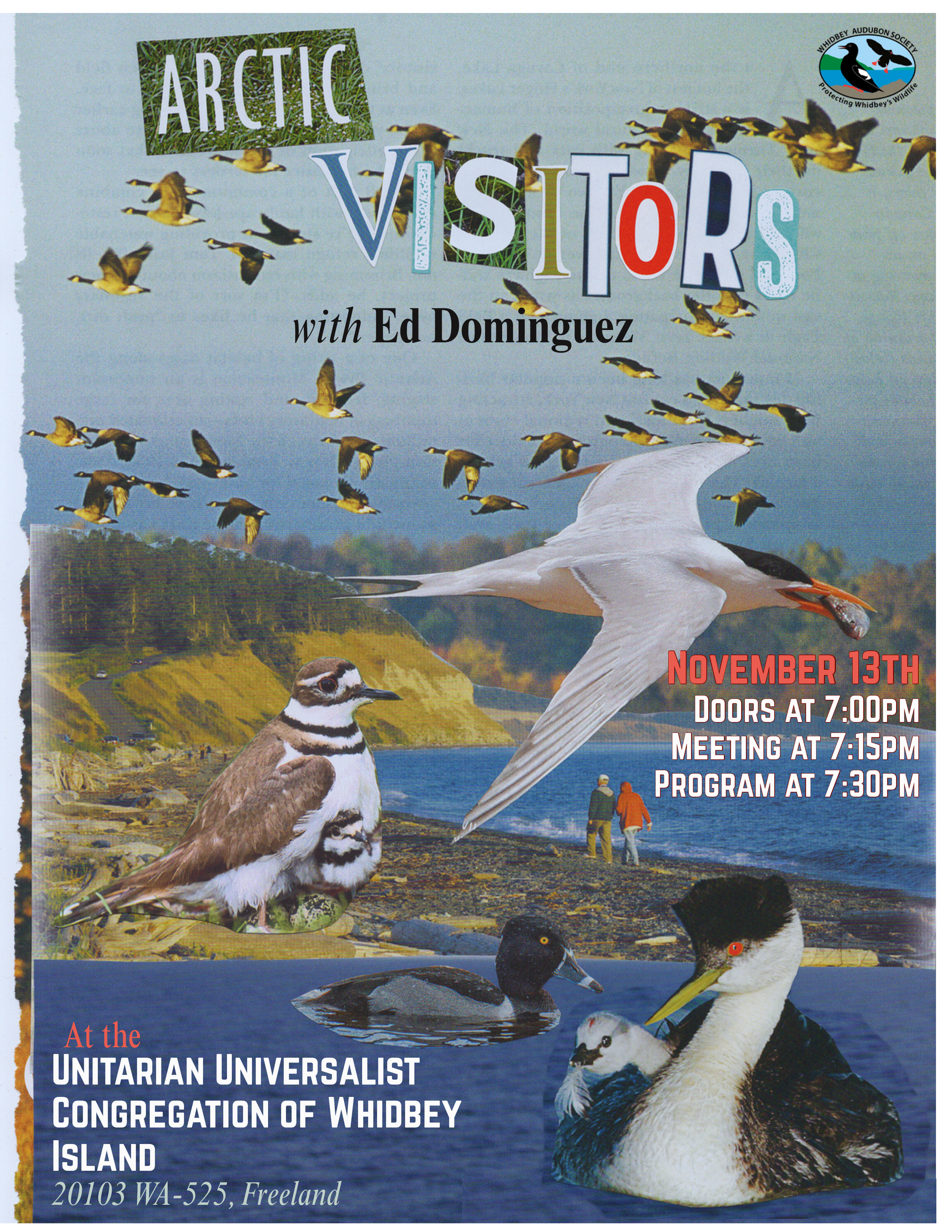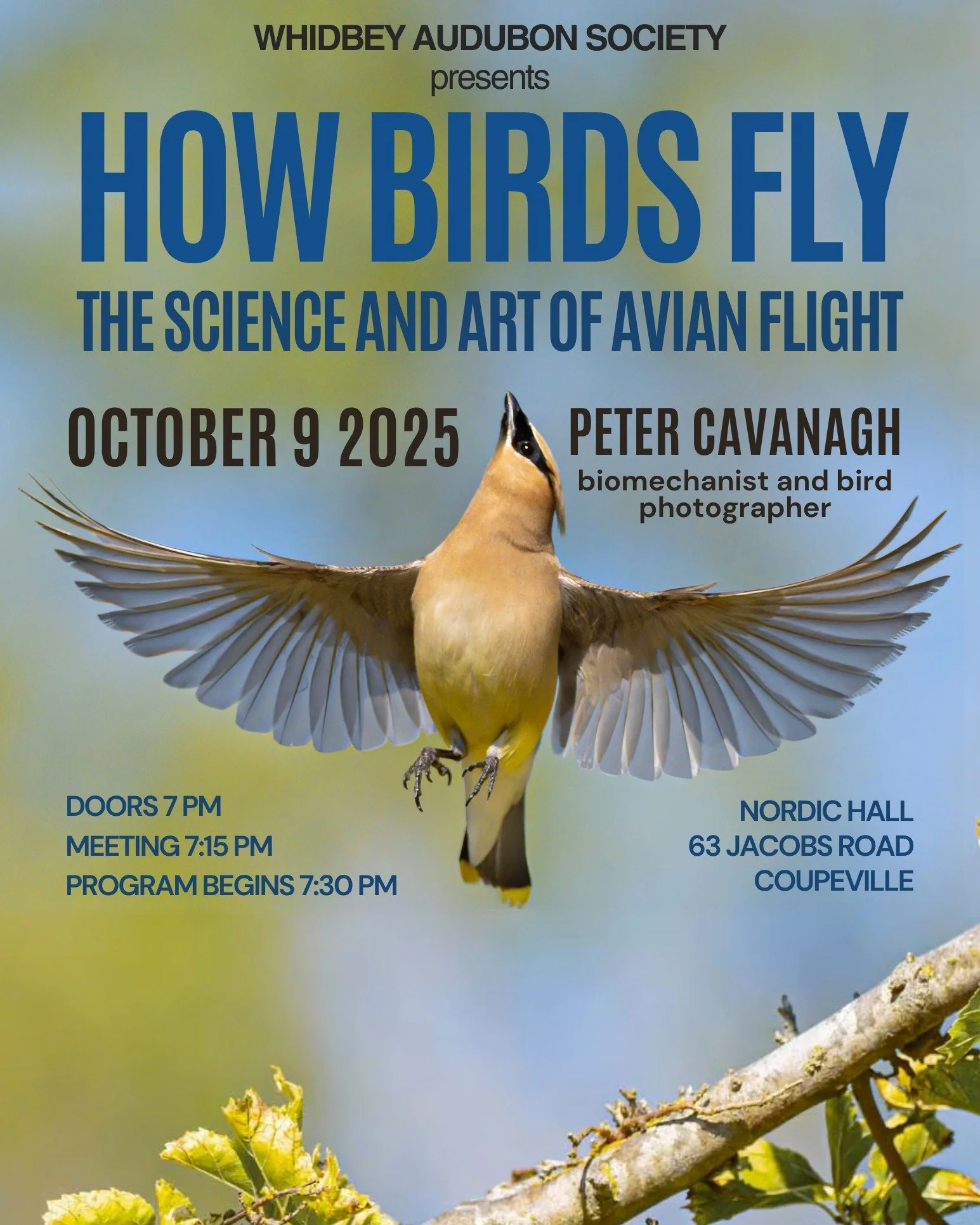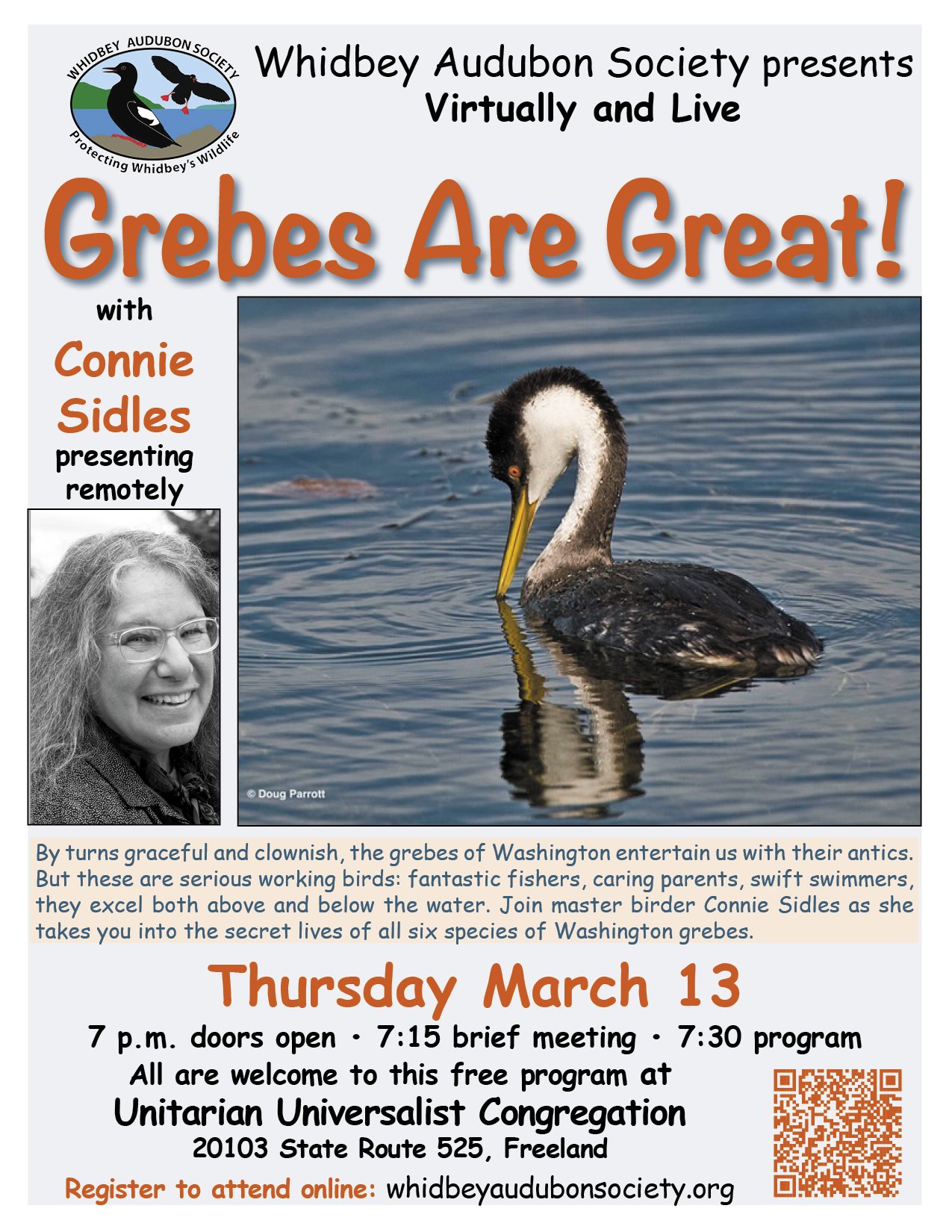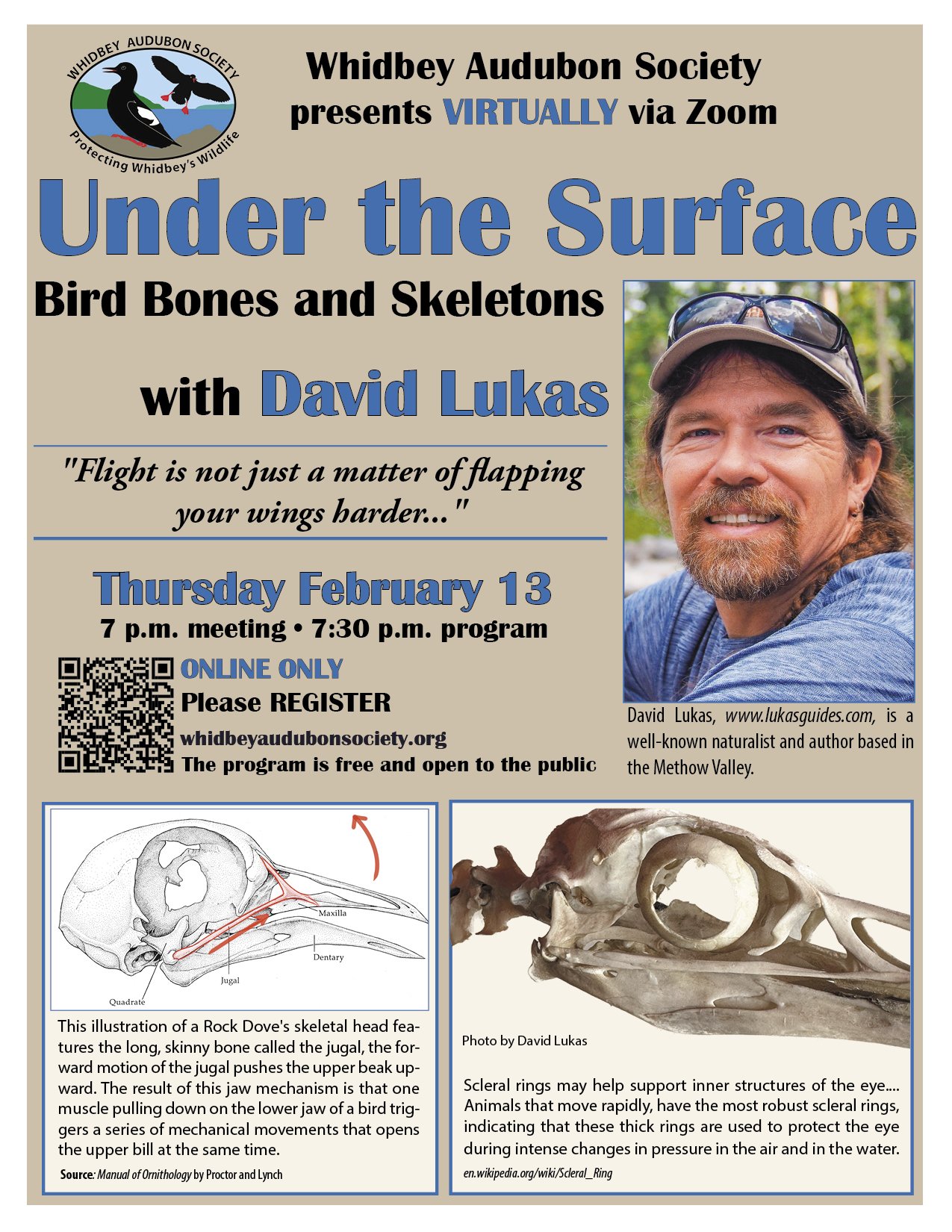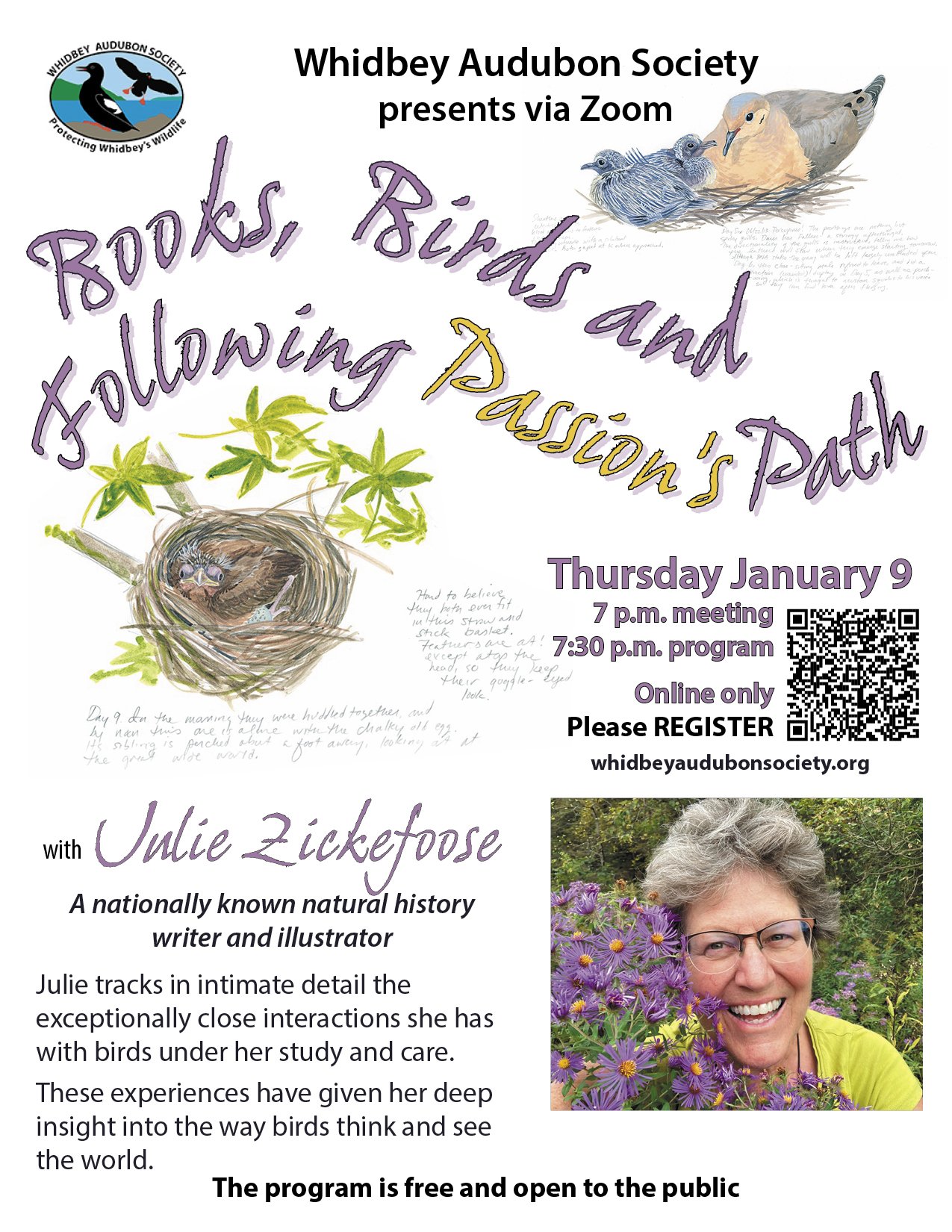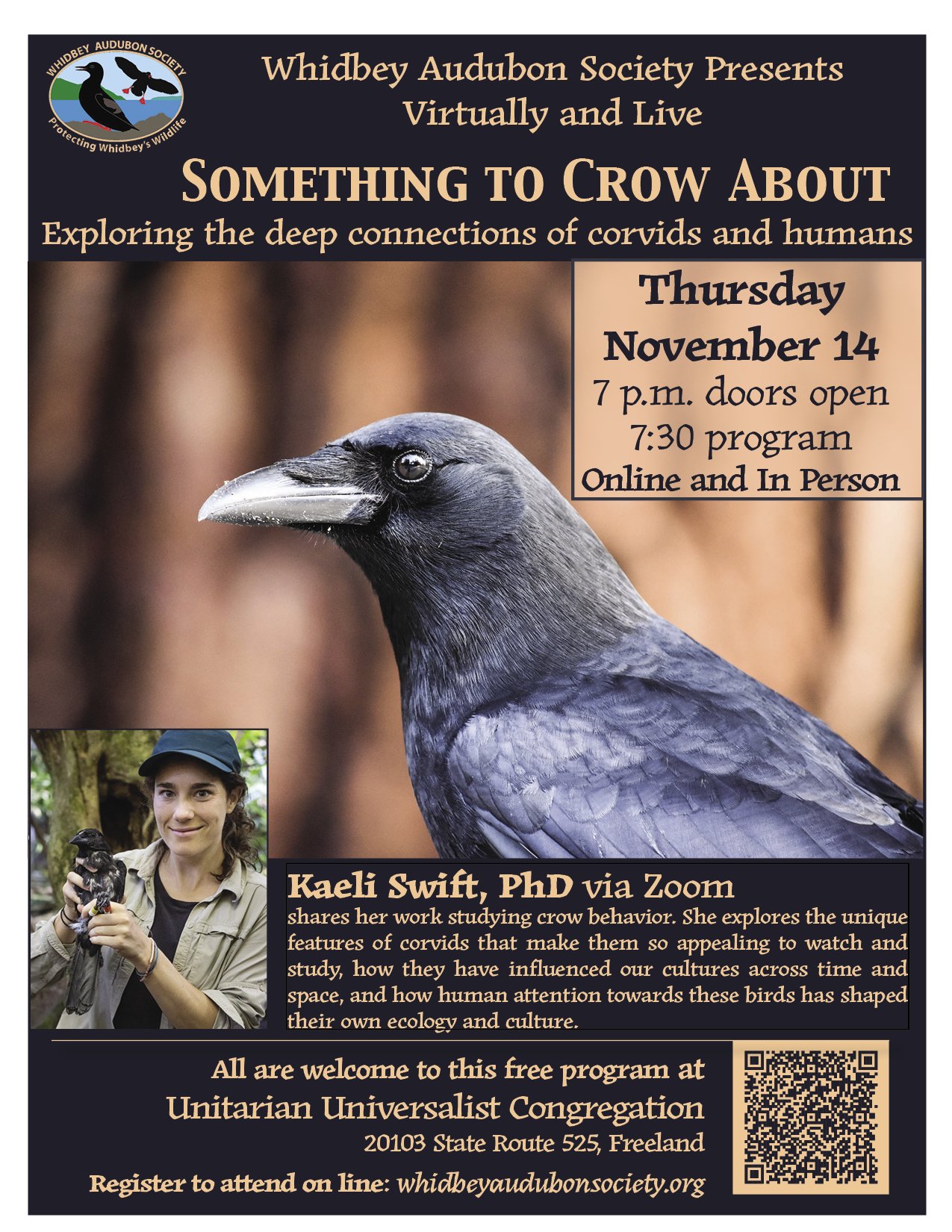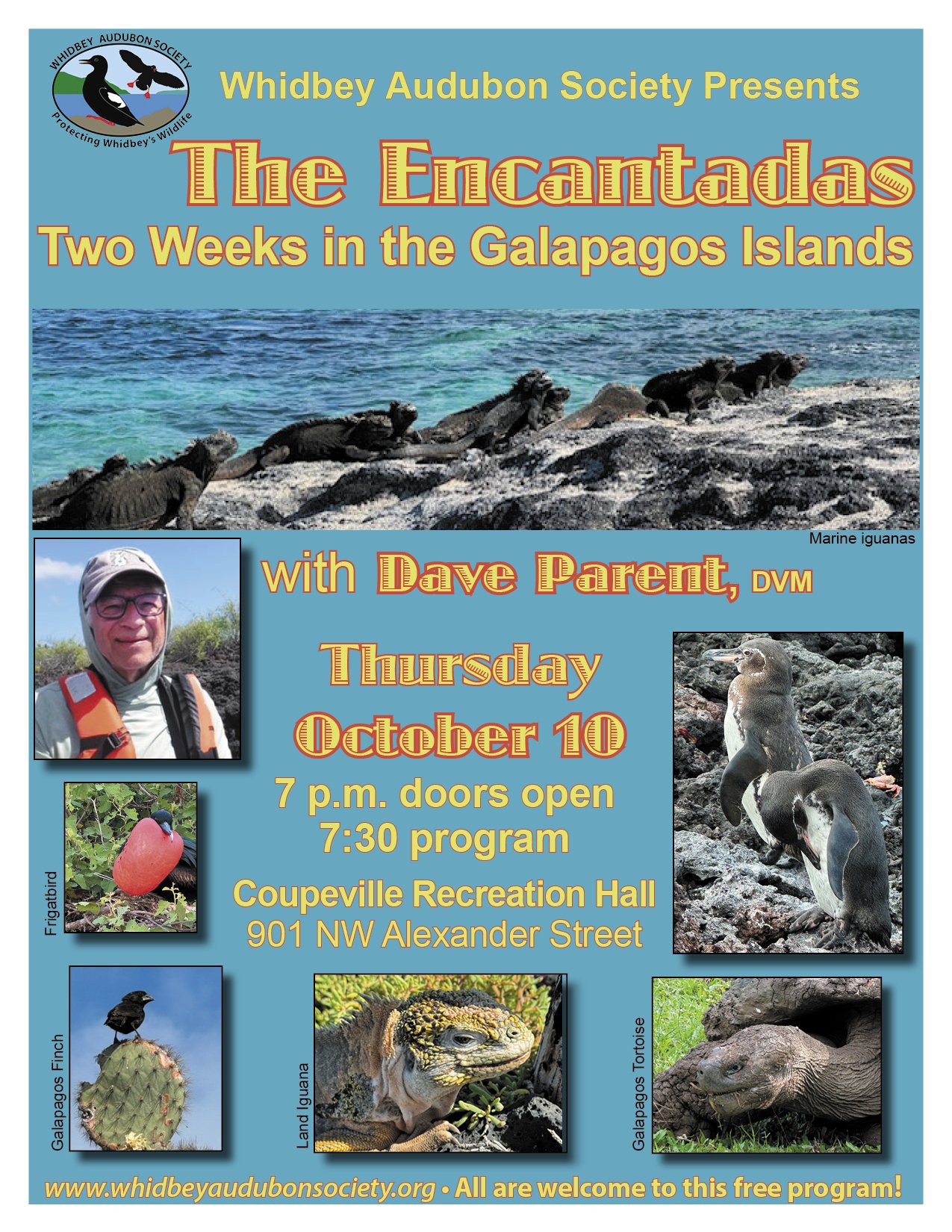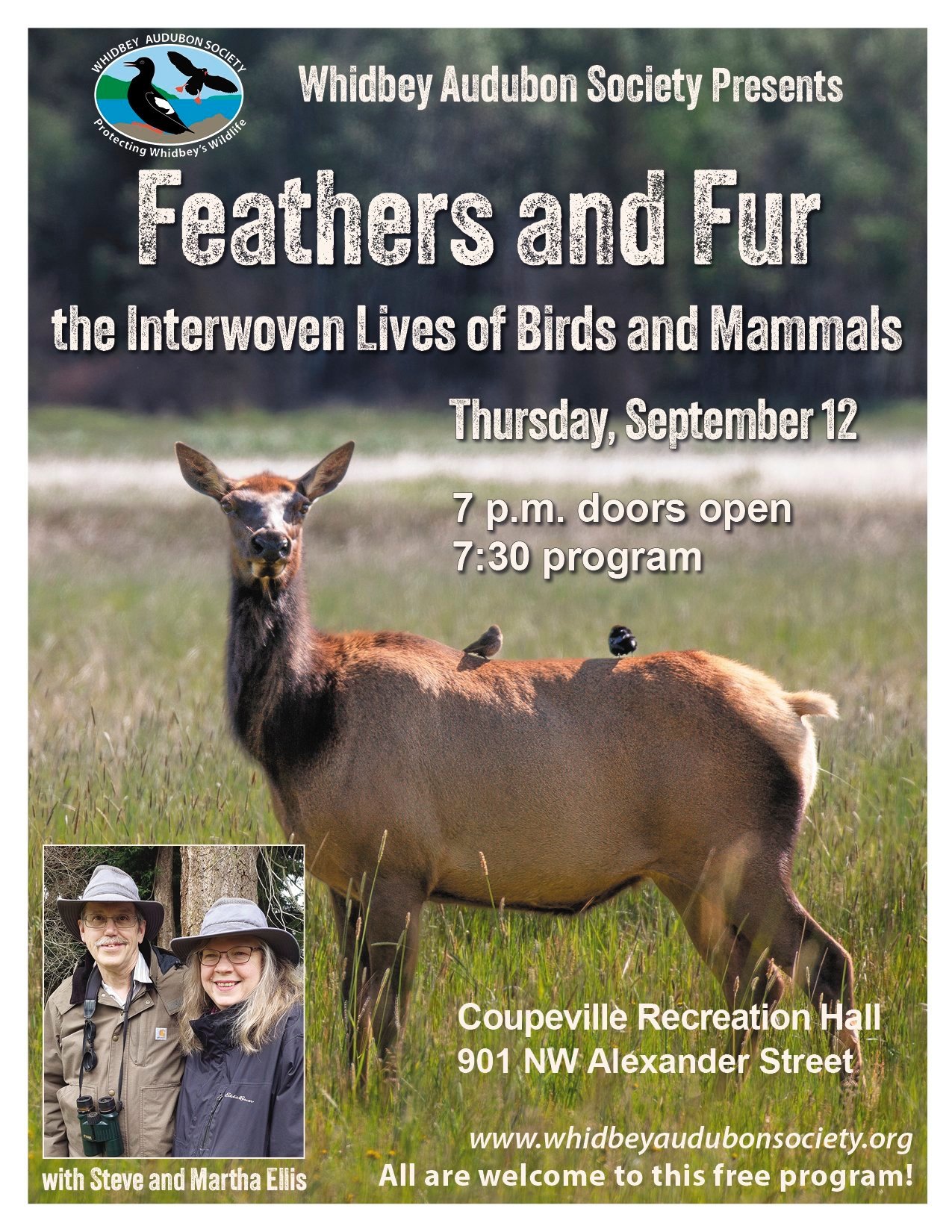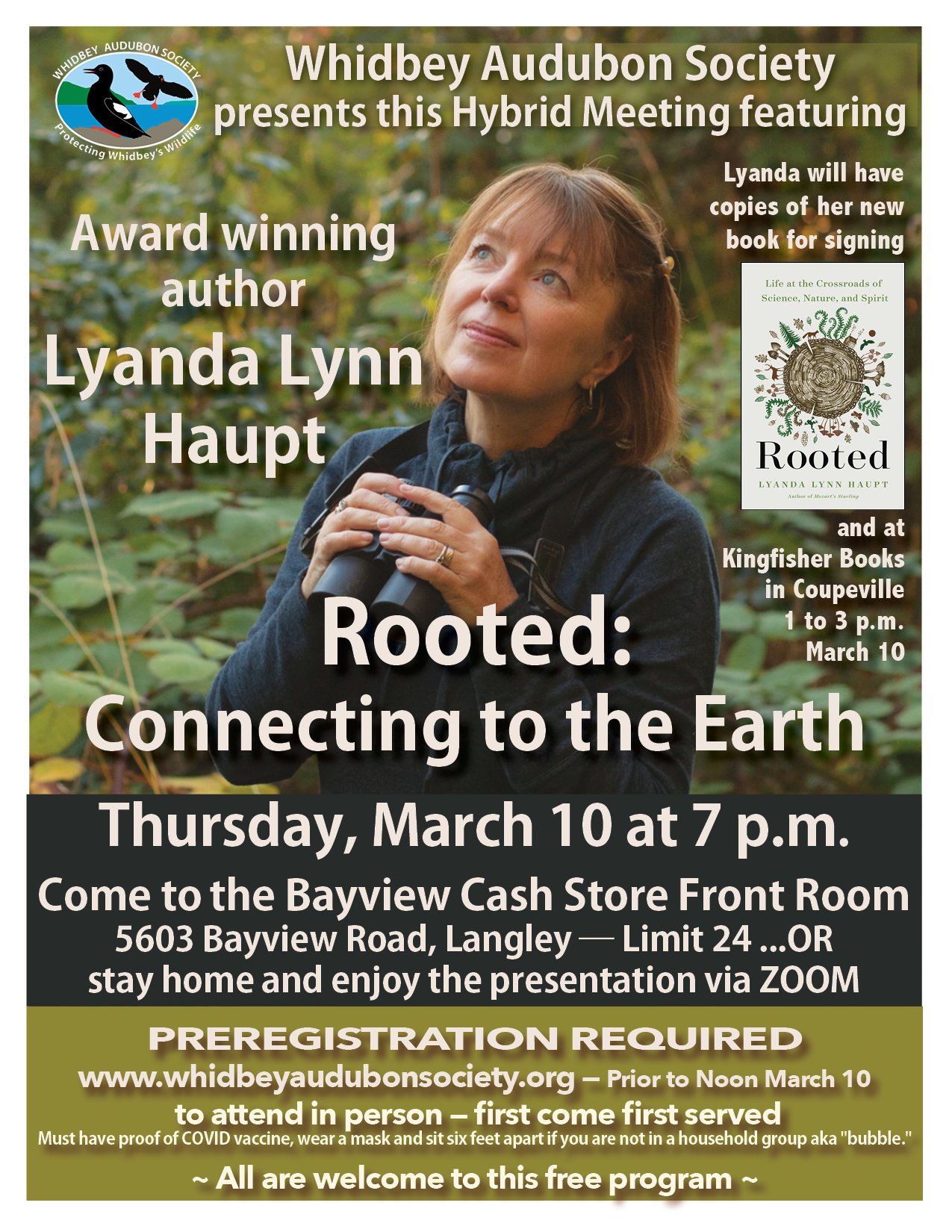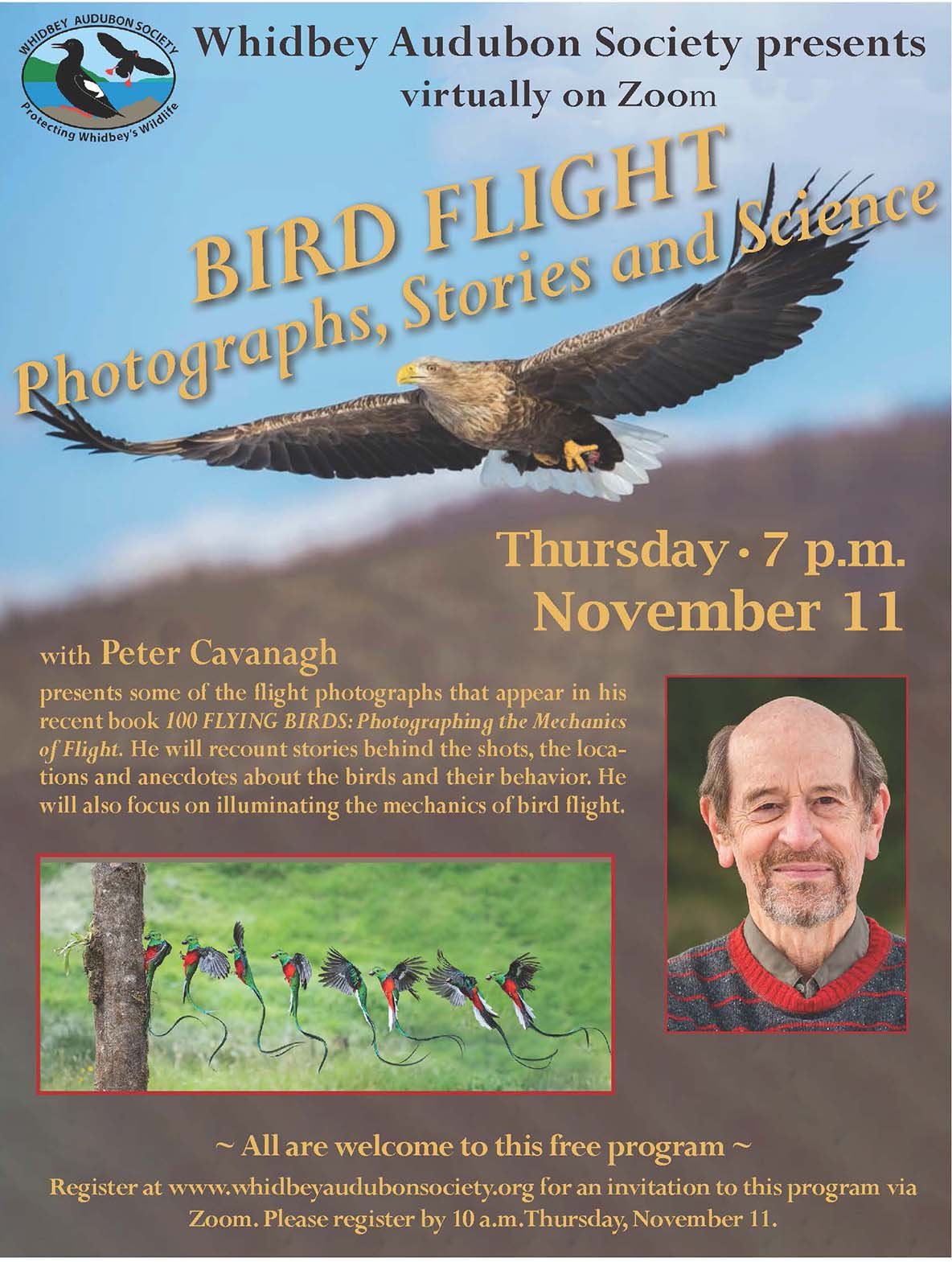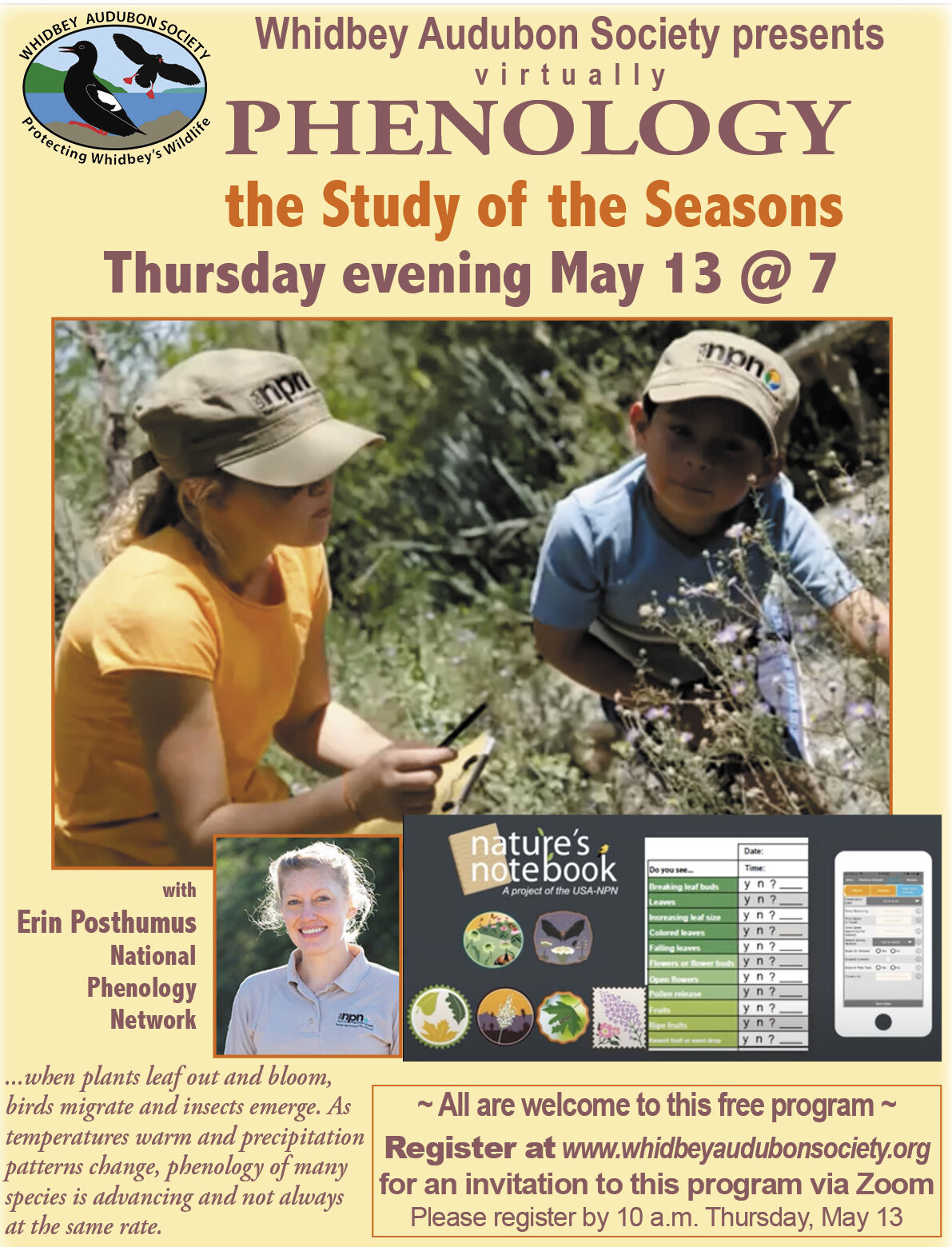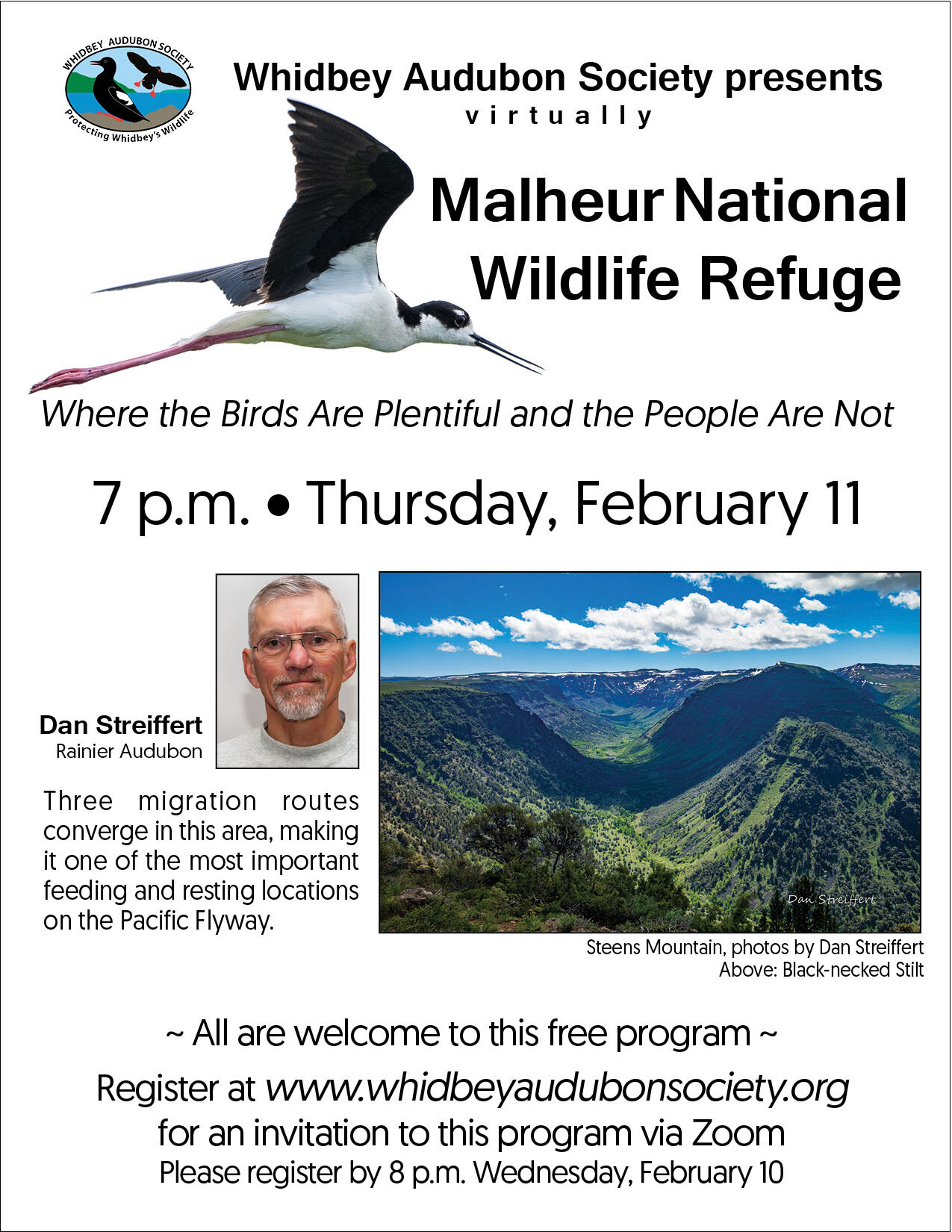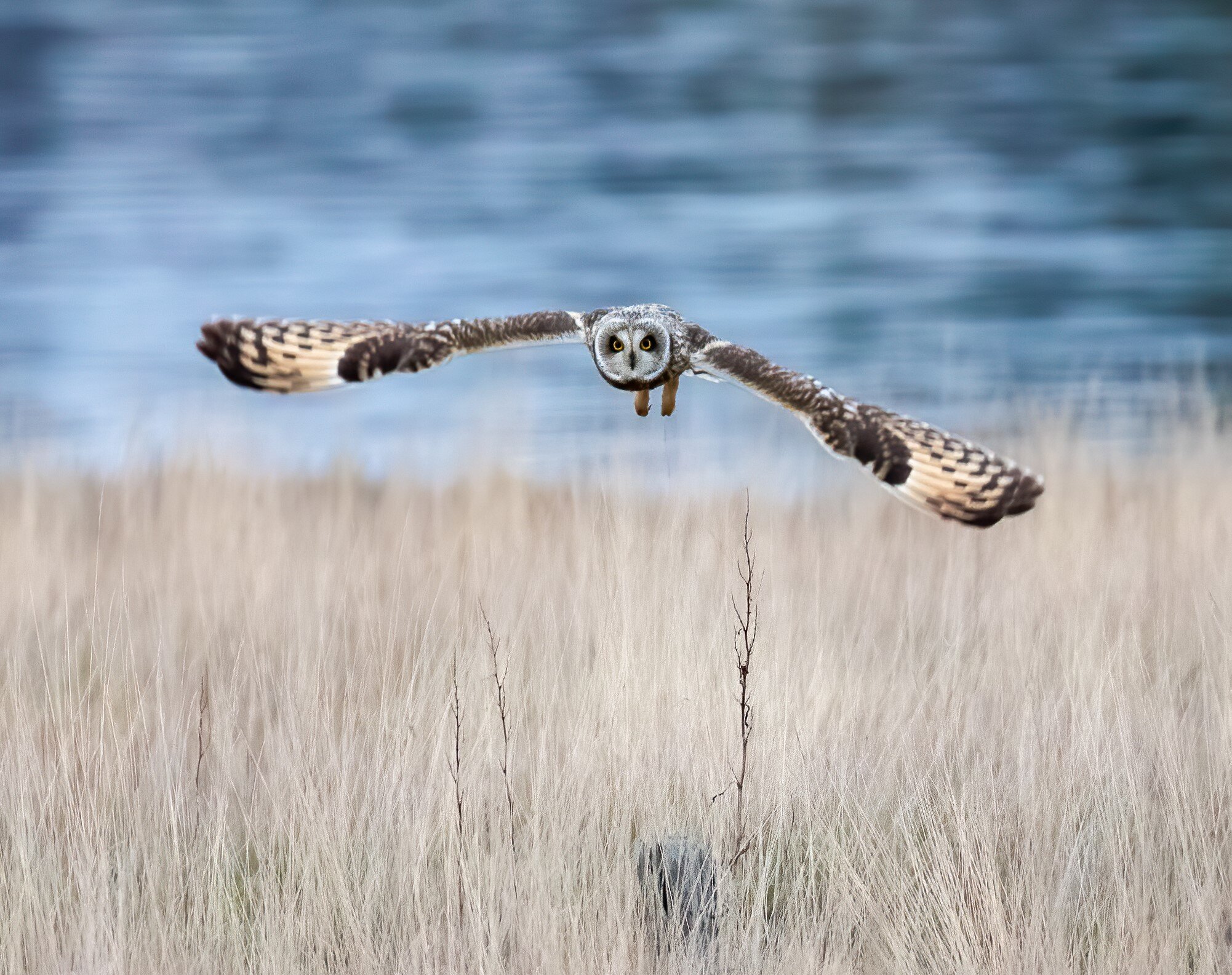
Monthly Programs
Next General Meeting Program: Thursday, January 8, 2026
Our monthly programs feature a guest speaker presenting a subject of interest to those who love birds. We have nine programs a year, with no program in July, August and December, on the second Thursday of the month, and they are free and open to the public. Drop by and enjoy the company as we all learn something new from our featured guest. See our Calendar or Events List for upcoming programs.
Banner photo by Jann Ledbetter
Dinosaurs Amongst Us
with Kim Adelson, PhD
Thursday, January 8, 2026 at 7:15 p.m. via Zoom
Join us for this hybrid meeting and program from the comfort of your home.
Virtually all paleontologist now agree that birds evolved from dinosaurs, and even more strikingly, they also even go so far as to argue that birds are, in fact, living dinosaurs. The flood of new data coming from newly discovered fossil beds — primarily from China and eastern Europe — has only solidified that position. Come learn about the structural and behavioral similarities between birds and the more “classic” dinosaurs they evolved from. We guarantee that you will not only be surprised as to how dinosaur-like birds are, but also how very bird-like dinosaurs were. You will never think about T. rex in the same way again!
Join us for this free event via zoom by registering for the Zoom link. This program is open to the public too.
Kim Adelson was a professor of psychology for almost 30 years; she has won teaching awards at 3 different universities. Before she switched fields so as to focus on behavioral and intellectual evolution, she earned a master’s degree in evolutionary biology. Paleontology has been one of her avocations since she was a child who wandered the halls of the American Museum of Natural History in New York. She is an avid birder and is on the Vice President and Education Chair of the South Sound Bird Alliance (formerly the Black Hills Audubon Society); she is also the Southwest Region representative to Audubon Washington.
Arctic Visitors with Ed Dominguez
Meeting recorded on November 13, 2025
Every autumn our waters host colorful waterfowl that leave their breeding grounds in the far north to overwinter with us in the Puget Sound lowlands. Seward Park Audubon Lead Naturalist Ed Dominguez explored the amazing colors and varieties of ducks, grebes, and coots we call Arctic Visitors on November 13, 2025. See the recording.
Ed Dominguez has served as the Lead Naturalist at the Seward Park Audubon Center since 2011. A Native of Mount Shasta, California, Ed obtained his bachelor’s and master’s degrees from California State University. He then moved to Seattle to work on his PhD at University of Washington. Knowledgeable in geology, trees, mushrooms, wildflowers, and mammals, Ed particularly enjoys birds and birdsongs. He is passionate about sharing the wonders of nature with others and is an experienced teacher to all ages.

